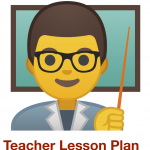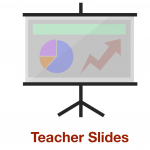The Science of Trader Joes
The lesson on the carbon cycle provides an in-depth exploration of how carbon moves and transforms throughout our atmosphere, emphasizing its role as a fundamental element in Earth’s ecosystems. The lesson begins by examining the key processes of the carbon cycle, including photosynthesis, respiration, decomposition, and fossil fuel combustion, which collectively contribute to the movement of carbon between the atmosphere, biosphere, hydrosphere, and geosphere.
In a practical and relatable approach, the lesson connects the carbon cycle to a local grocery store setting, demonstrating how everyday items are part of this global cycle. For example, fruits and vegetables at the store store carbon absorbed during photosynthesis, while the paper bags used to carry them once held carbon as part of a tree. Even the shoppers themselves are engaged in the carbon cycle through respiration, where they release carbon dioxide into the atmosphere.
By linking the scientific concepts of the carbon cycle to familiar items and activities in our daily lives, the lesson helps students understand the omnipresence of carbon and its continuous movement across different systems. It encourages learners to see the interconnectedness between natural processes and human activities, fostering a deeper appreciation for how carbon sustains life on Earth.
There are 3 Resources: A Lesson Plan, Student Handouts, and A Slide Deck
To help us with learning about how student benefit from the lesson please have them complete the Pre-Test & Post-Test:




